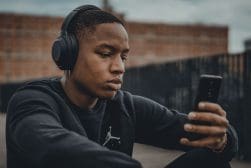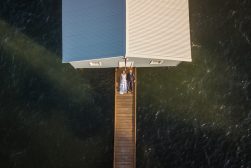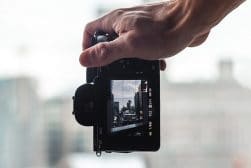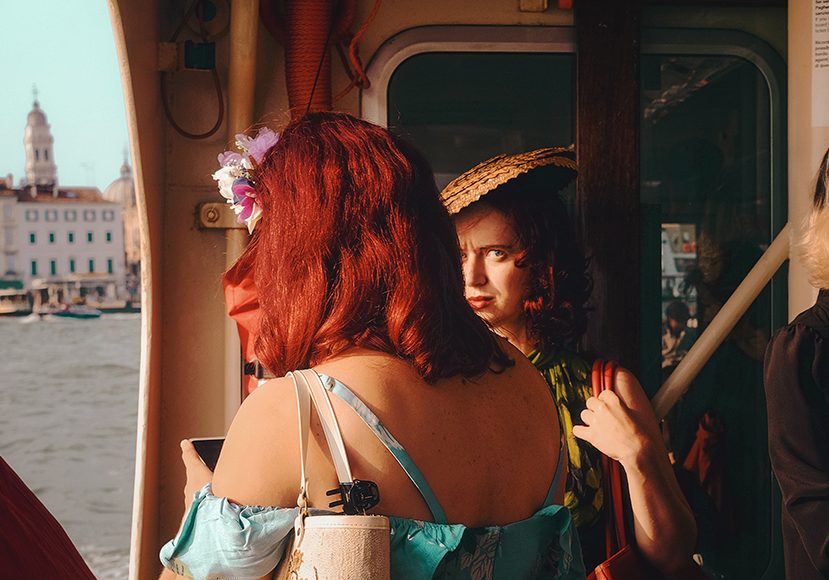
How to Use an Eye Level Shot in Photography & Filmmaking
Master the eye level shot in photography and filmmaking. Understand its impact on viewer connection and narrative, and learn how to execute it effectively
Learn Filmmaking | Learn | By Jeff Collier
The camera angle you decide to shoot from will have an important impact on how your image will affect the viewer on an emotional level.
Eye-level shots are a common choice for many photographers and videographers, especially when they are starting out.
But, you might not think about why this is, or how best to do it.
In this article, we’ll look at various shot and camera angles, what eye-level shots are, why and when we might use them, and how to pull them off.
What is an Eye Level Shot? (Definition)
An eye-level shot is an image taken at a camera angle that reflects the perspective of the viewer’s eye level.
It is a very natural point of view.
For example, in an eye-level shot of a person, the subject’s eyes would be around the middle top third of the frame.
With a landscape, the horizon would be around the centre of the frame.
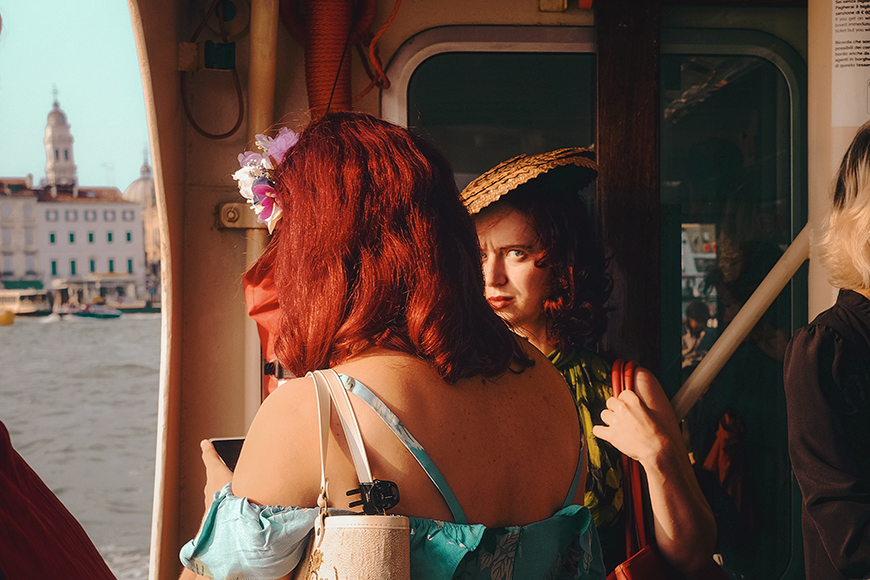
Credit: Cristina Gottardi
What are some other popular camera angles used by filmmakers?
Filmmakers have a wide variety of camera angles up their sleeves.
Other than eye-level shots, these are some of the most widely used ones:
Shoulder level shot
This is a camera angle often used to make people appear their ‘correct’ height, by moving the head and eye line slightly up in the frame.
Low-angle shot
The camera points up to the subject from a low point, to make them appear bigger, and more dominant in some way.
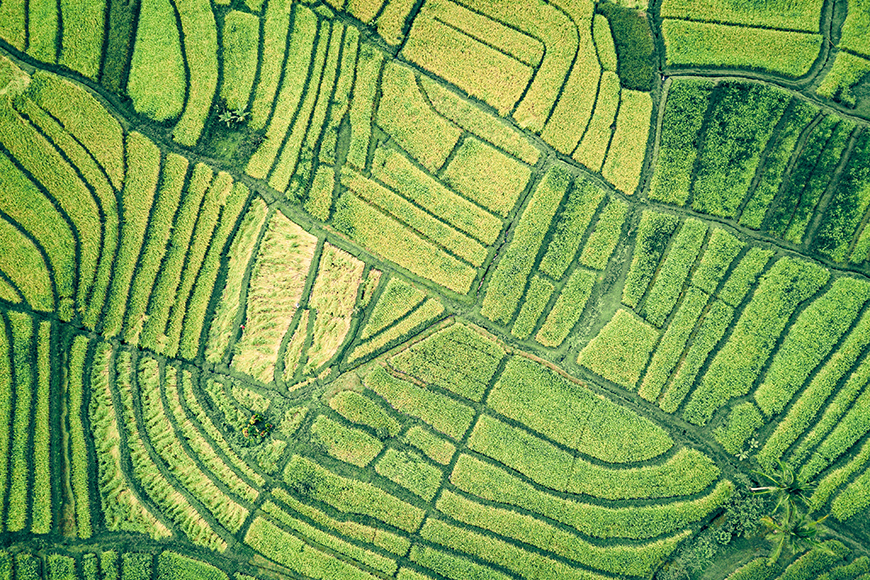
Credit: Ivan Bandura
Looking straight down from the sky to the ground. Often used as establishing shots, or to creatively introduce other narrative ideas into the story.
Looking from the ground, upwards, gives an interesting perspective which isn’t normally seen by the average person, unless they’re laying down of course!
Point of view shot
This camera angle films from the point of view of the subject. Everything they would see, the camera sees.
How Much Do You REALLY Know About Photography?! 🤔
Test your photography knowledge with this quick quiz!
See how much you really know about photography...

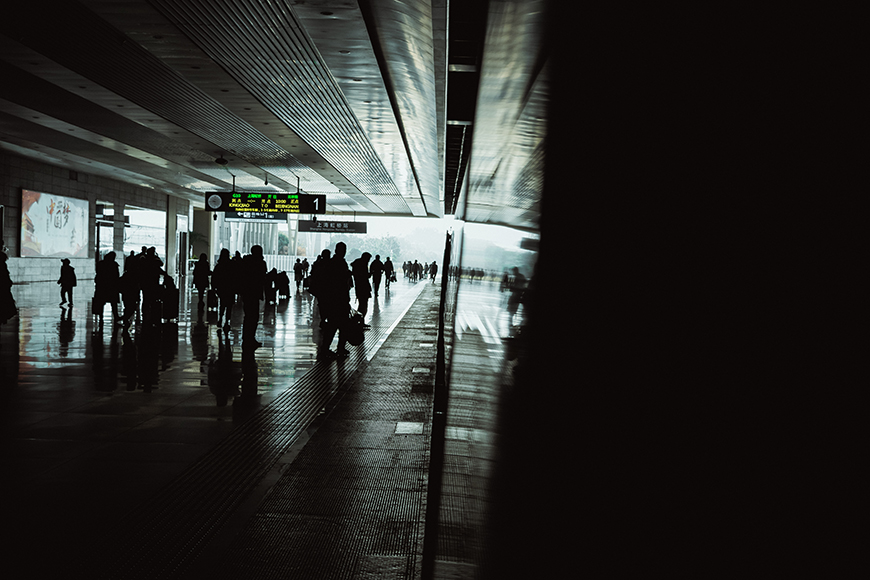
Credit: Max van den Oetelaar
Using the camera to tilt, often to show instability or disorientation.
Ground level shot
By placing the camera on the ground you can capture details, and create tension by excluding wider context from the frame.
High-angle shot
In a high-angle shot the camera points down at the subject. This angle is often used to show the vulnerability of the subject.
The Psychology of Eye Level Shots: Why is an Eye Level shot used?

Credit: Creedi Zhong
Because the eye-level shot mimics how we humans naturally see the world, it is a great option for creating a sense of intimacy between the subject and the viewer.
A sense of knowing them or, in the case of a scene, of actually being there.
That intimacy helps us feel empathetic towards a subject and helps us engage with them more fully because we feel as if it is us who is looking at them.
Eye-level shots are used, for example, in interviews in documentary films to help us absorb information and stay engaged with the interviewee, and also in corporate videos to create a sense of trust between the customer and the client.
Technical Aspects of Eye-Level Shots
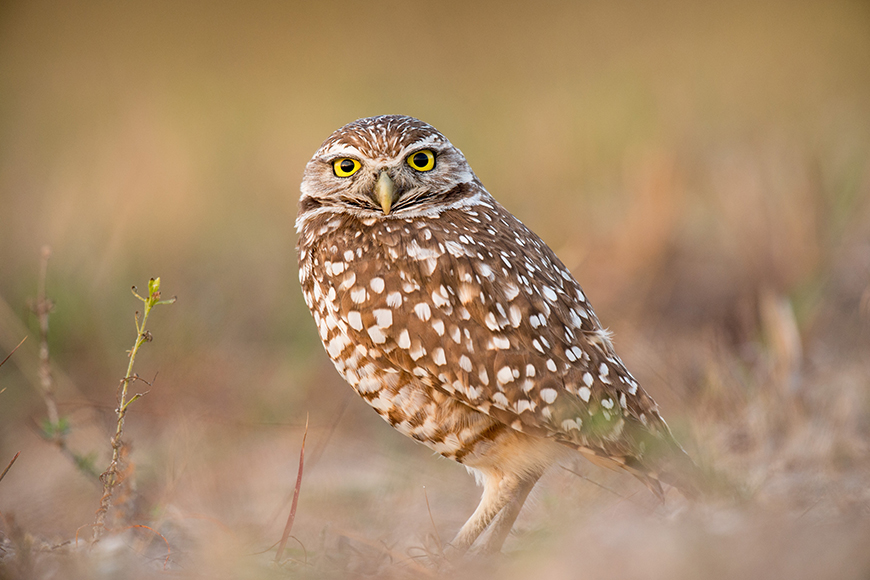
Credit: Ray Hennesey
The first thing to consider, when taking an eye-level shot, is to figure out where you need to stand if your subject is to be at eye level.
With a person that’s normally quite easy, especially if they are the same height as you, although you’ll need to make adjustments – crouch a bit, or stand on a chair – if they are a very different height to you.
If you’re shooting wildlife, you might need to get down on the ground, or, in the case of birds, somehow get to the level of the tree they’re in.
The second aspect is your camera settings, and this is mainly going to have to do with the depth of field you’ll use, your aperture.
When you want to bring attention to a particular subject and have it feel natural, the image also needs to be framed in a natural way.
That is, not too many distractions, so the eye can rest on what it’s supposed to.
Use a shallow depth of field with portraits, to reduce clutter and help the viewer focus on the eyes and facial features if it’s a close-up, or the whole person if it’s an environmental portrait.
With landscapes, use a narrow aperture to make sure as much as possible is in detail. Don’t fill up the foreground (or background) with blurred, out-of-focus objects.
Keep it clean to make sure the viewer knows which part of the scene is the star.
Composition and Framing at Eye Level
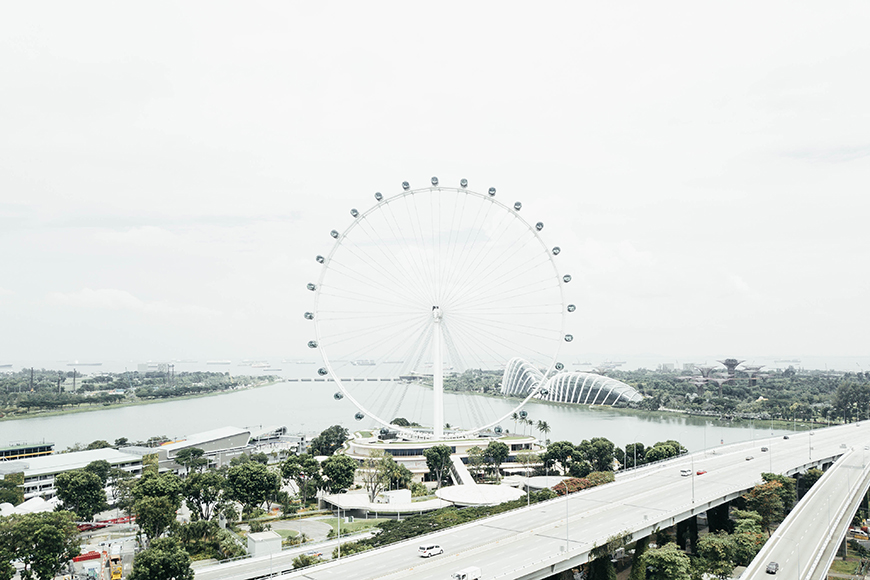
Credit: Chuttersnap
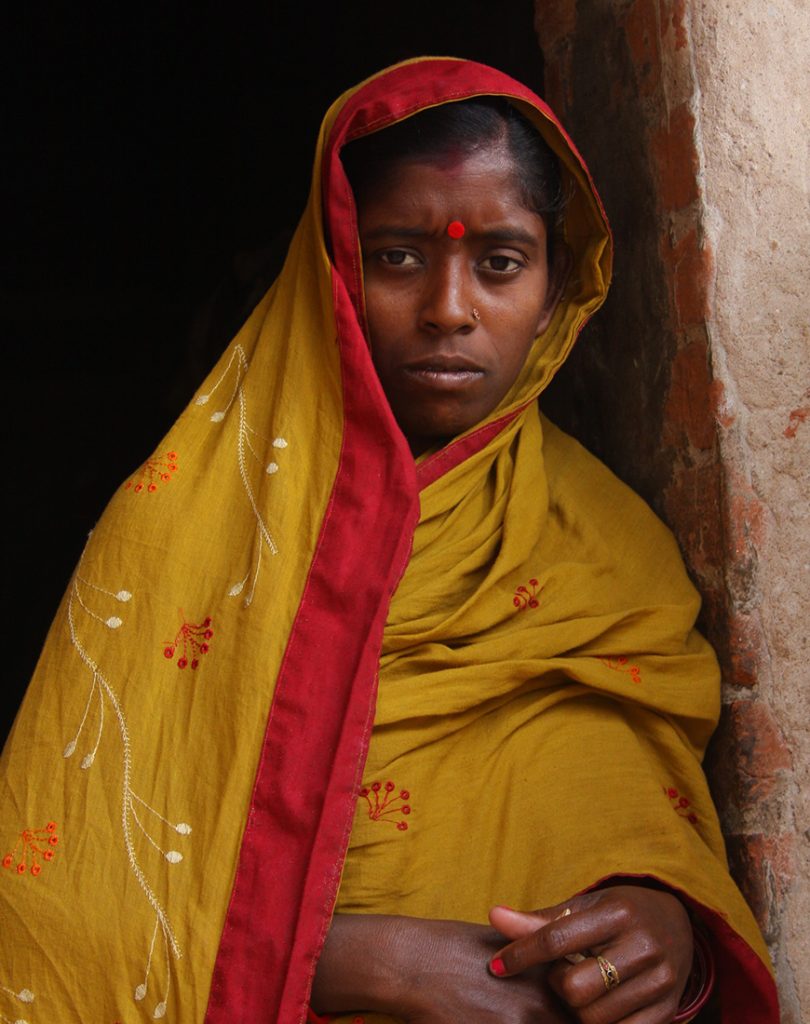
Credit: Sylvester D’Souza
Generally speaking, whatever you’re shooting, your focal point needs to be somewhere around the centre of the frame, as that’s how we look at things.
The maximum you’ll want to stray from that is the centre of the middle third both on the horizontal and vertical axes.
The reason for this is that we humans when we look at things, focus on whatever is around the centre of our vision.
If something in the corner of our vision catches our attention, we move our eyes or turn our heads to bring whatever it is into the centre.
So, when composing an eye-level photo, bear this in mind. The most natural framing is to replicate exactly what you are seeing, and that is with the main focus in or near the centre.
Remember, though, an eye-level shot doesn’t mean that the subject’s eyes necessarily need to be in the centre of the frame.
In this situation, in a portrait, the face is the focal point that needs to fill the centre, or the torso or body if they’re further away.
A better way, perhaps, to think about it, is that taking eye-level shots means that you need to ensure your subject is parallel to your lens.
FAQs on Eye Level Shots
What is the difference between eye-level and shoulder-level shots?
Eye-level and shoulder-level shots are camera techniques used in photography and filmmaking, with the main difference being the camera’s position. An eye-level shot places the camera at the subject’s eye height, providing a natural, relatable perspective for the viewer.
Conversely, a shoulder-level shot situates the camera at the subject’s shoulder height, subtly increasing the subject’s dominance in the frame without extreme alteration of viewer’s perception.
Why are Eye Level Shots Important in Photography and Filmmaking?
Eye level shots are important because they create a sense of equality between the subject and the viewer.
The viewer sees the subject as they would in real life, which can help to establish a personal connection. Eye level shots can also be less distracting, allowing the viewer to focus on the subject and the story.
How Can I Create Effective Eye Level Shots?
Creating effective eye level shots involves positioning the camera at the same level as the subject’s eyes. Consider the composition and framing of your shot carefully.
Use the rule of thirds, consider your background, and pay attention to lighting. It can also be helpful to focus on the subject’s eyes, especially in portraiture.
Does the Subject Always Have to Be a Person for an Eye Level Shot?
No, the subject of an eye level shot doesn’t always have to be a person. You could use an eye level shot to photograph or film animals, objects, or even landscapes. The key is to place the camera at what would be the eye level of your subject if it had eyes.
When Should I Use an Eye Level Shot?
Eye level shots are incredibly versatile and can be used in almost any situation. They are particularly effective when you want to create a sense of intimacy or connection with the subject.
Eye level shots are also often used in interviews, documentaries, and portraits.
Can I Use Eye Level Shots in Both Photography and Filmmaking?
Yes, eye level shots are a common technique in both photography and filmmaking. They are a staple in many types of photography, including portrait, street, and wildlife photography.
In filmmaking, they are often used in dialogue scenes, interviews, and whenever a neutral perspective is desired.
Are There Any Limitations to Using Eye Level Shots?
While eye level shots are very versatile, they do provide a very neutral, straightforward perspective.
If you want to create a sense of drama, power dynamics, or surrealism, you might want to consider using other types of shots, such as low angle or high angle shots.

Check out these 8 essential tools to help you succeed as a professional photographer.
Includes limited-time discounts.





